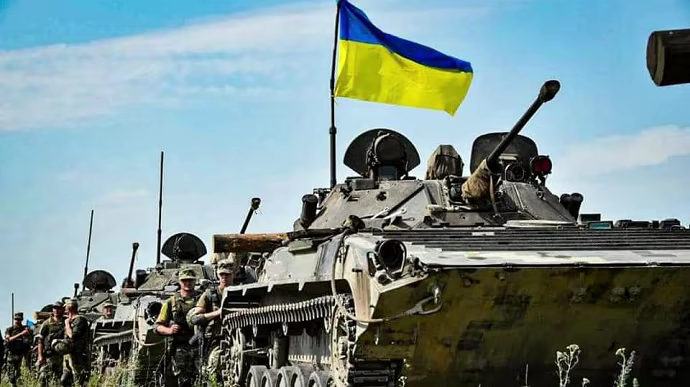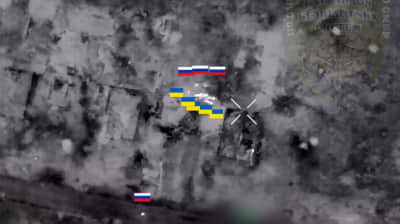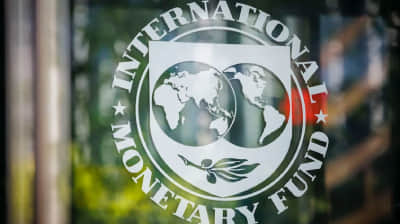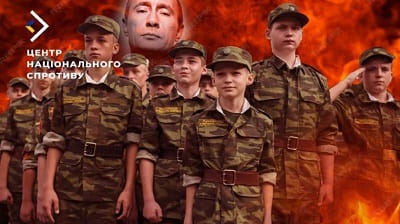Analysts predict under what conditions Ukrainian counter-offensive will be successful

American analysts have named three options for the development of the Ukrainian counteroffensive, the most successful of which are "steady pressure", "interdiction campaign" and the creation of gaps in Russian defensive lines.
Source: Karolina Hird and Kateryna Stepanenko, analysts at the Institute for the Study of War, together with Frederick Kagan, an expert at the American Enterprise Institute, for TIME magazine
Details: The article says that the situation in Ukraine remains favourable for Kyiv, despite the limited progress made in the counteroffensive.
American analysts pointed out the options for the development of the Defence Forces' counteroffensive under which it will be successful.
Firstly, the current Ukrainian mechanised breakthrough could be successful, and the Ukrainians could exploit it to penetrate deep enough to break part or all of the Russian defence lines.
Secondly, Russian troops, already suffering from serious morale and other systemic problems, could break under pressure and begin a controlled or uncontrolled withdrawal.
Thirdly, a steady pressure and interdiction campaign, supported by a large-scale effort such as the one currently underway, could create gaps in Russian defensive lines that Ukrainian forces could exploit first at local level and then for deeper incursion.
The experts consider the first and second options possible, but relatively unlikely.
The third is the most likely path to Ukraine's success.
It will be slower and more gradual than the other two, and slower than Western supporters of Ukraine want and expect.
And it depends on Western aid to provide Ukraine with a steady supply of equipment, likely for many months, so that Ukraine can maintain its pressure until Russian forces have gaps in their lines that Ukrainians can exploit.
The slow pace of the counteroffensive that Ukraine used until 26 July is designed to minimise Ukrainian casualties. It is also not aimed at exhausting the Russians, but rather at steadily pushing them out of their prepared defensive positions so that the Ukrainians can take advantage of this to make operationally significant gains.
It is still a war of manoeuvre, not a war of attrition, just at a slower pace. That is why it requires patience, but it can be successful, as the experts said.
With this approach, Ukrainians have achieved success on both Kherson and Kharkiv fronts.
The article reads that Ukraine retains the initiative and uses many advantages. However, its counteroffensive may fail, as the Russians may be more resilient than they seem to be.
Another reason for possible failure is that the West may not be able to provide Ukraine with the necessary equipment and support in time.
The grounds for confidence in the possibility of significant Ukrainian success are closely linked to a number of problems typical for the Russian army.
In particular, Russian troops are stretched thin, and their supply lines are suffering as a result.
Quote: "The defining characteristic of this phase of the war is that the Russians must defend a ground line of communication consisting of a road and a rail line that runs from Rostov-on-Don at the northeastern edge of the Sea of Azov to Crimea. Vast quantities of food, fuel, ammunition, personnel, and other supplies are required by the tens of thousands of Russian troops in southern Ukraine and must travel along this road and rail line."
More details: This is very favourable for Ukraine, the experts believe.
If the Ukrainians can reach the Sea of Azov anywhere and hold their positions, they will cut off ground lines of communication. The Russians will thus have to hold it completely.
In other words, the Ukrainians need only to win and hold one sector to make virtually all of the territory held by Russia to the west of their advance unusable for defence.
The Russians, on the other hand, need to win everywhere and always. The Ukrainians do not even need to reach the shore of the Sea of Azov.
On the one hand, the ground line of communication does not cover the coast along the entire perimeter, and so in some places, it is closer to the current front than to the coastline. If the Ukrainians are able to advance within artillery range of the line of communication (about 25 kilometres), they could begin to shell it intensively in a way that would severely worsen the Russians' ability to continue to use it.
Thus, the Ukrainians could choose any sector of the line or exploit any gap that opens up anywhere along the line to break through in a way that would most likely destroy the Russian defences to the west of the breakthrough.
Ukrainska Pravda is the place where you will find the most up-to-date information about everything related to the war in Ukraine. Follow us on Twitter, support us, or become our patron!





